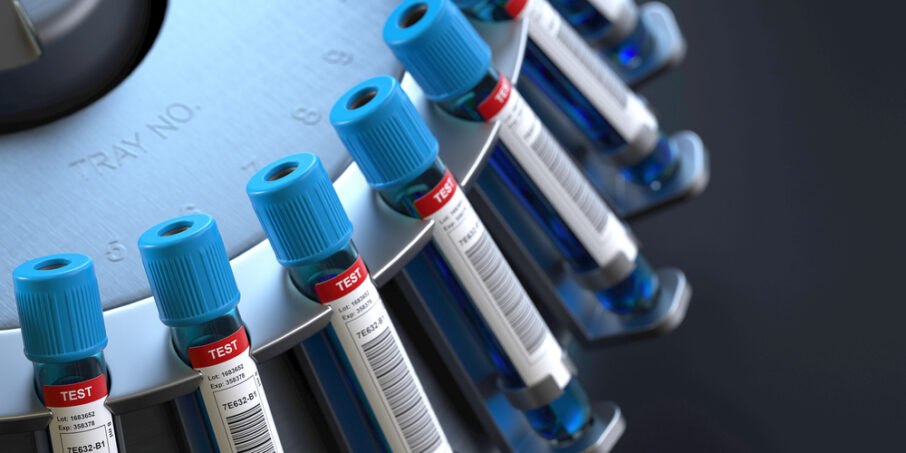
Hemophilia A vs. B: What’s the Difference?
Much is the same when it comes to hemophilia A and B, but a few key differences change how common—and how treatable—they are.
by: Michael Hickey
here are some key differences between hemophilia A and hemophilia B. Read on to see how they differ in terms of genetics, prevalence, effect on the body and courses of treatment.
The Differences Between Hemophilia A and B
Both types of hemophilia are the result of mutations in the genes that encode coagulation factors—proteins in the blood that help control bleeding. However, the affected proteins are different: Type A, known as classic hemophilia, is caused by a deficiency of factor VIII, one of the proteins that helps blood to form clots. Hemophilia B is caused by a deficiency of factor IX. Severe cases occur in 35% of people with hemophilia B and 45% of people with hemophilia A.
On a genetic level, things look a bit different, too: According to the journal Haematologica, the factor VIII gene is located at the end of the long arm of the X chromosome, while the factor IX gene is also on the long arm but closer to the centromere. Additionally, the factor VIII gene is relatively large and structurally complex (26 exons), while the factor IX gene is much smaller and structurally simpler, containing only eight exons (exons are a segment of a DNA or RNA molecule containing information coding for a protein or peptide sequence).
The journal article also states that point mutations, deletions, insertions and rearrangements have been found in factor VIII and IX, but not at the same frequency. Gross genetic abnormalities account for about 7% of hemophilia B cases, while gene rearrangements account for almost half of severe hemophilia A cases, with intron 22 inversion being the most common defect.
Hemophilia Prevalence
Hemophilia A is much more common than hemophilia B. The Centers for Disease Control and Prevention reports the estimated prevalence of hemophilia in the United States is 12 cases per 100,000 males for hemophilia A and 3.7 cases per 100,000 males for hemophilia B. Additionally, the estimated incidence of hemophilia among U.S. births is 1 in 5,617 male births for hemophilia A and 1 in 19,283 male births for hemophilia B. (There are far fewer studies on hemophilia in women, but it’s estimated that women make up about 1% of all people with moderate or severe hemophilia.)
Hemophilia Symptoms
About 20% of people who have severe hemophilia A might develop an inhibitor. This is much less common in hemophilia B, occurring in less than 3% of cases. Hemophilia A and hemophilia B have been considered clinically indistinguishable. Yet according to a report, there’s some evidence that severe deficiency in factor IX is clinically milder than severe factor VIII deficiency, which would make type B less clinically severe than type A. The report points to studies that found:
- Severe gene mutations were less prevalent in severe hemophilia B compared with severe hemophilia A.
- The risk of undergoing a joint replacement was three times higher among people with severe hemophilia A.
- People with severe hemophilia B bled less frequently than those with hemophilia A.
- People with severe hemophilia B used about 20% less factor concentrate than those with hemophilia A.
- A significantly higher proportion of people with severe hemophilia A needed regular prophylaxis compared with those with severe hemophilia B.
Hemophilia Treatment
Hemophilia A needs to be treated with factor VIII and hemophilia B with factor IX replacement. Since inhibitors are more common among people with hemophilia A, the effectiveness of certain treatments does vary between A and B. Immune tolerance induction, used to bring down the level of the inhibitor and enable factor replacement to begin working again, is successful in about 70% of people with hemophilia A and 30% of those with hemophilia B.
Source: National Bleeding Disorders Foundation, Hemaware, April 2024